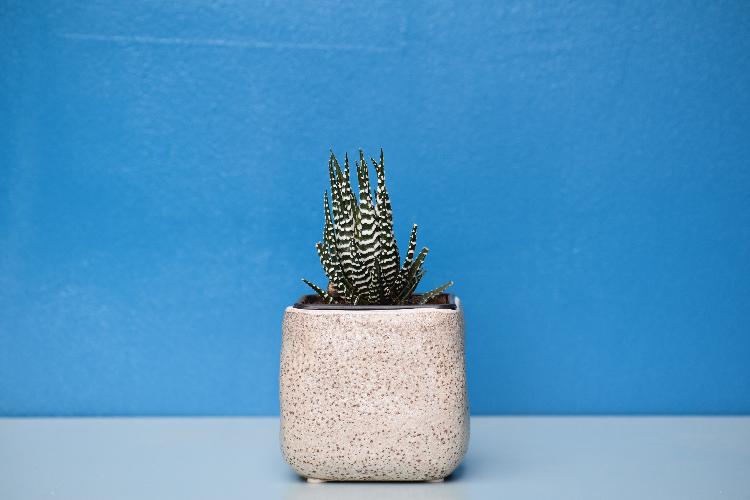An assumption might be that the #suicide rate increase in January. After the festive break people may be more in-debt than usual, working long hours, the days are gloomy.
Some may feel down because of Seasonal Affective Disorder (SAD). #SAD is a combination of physical and emotional disturbances that include depression. SAD is a seasonal pattern with 40% experiencing symptoms usually in the autumn and winter. (Kuralansik & Ibay, 2013).
Despite the prevalence of SAD around this time of year, and the other possible risk factors mentioned, the suicide rate does not increase in January. In fact, the suicide rate is consistent throughout the whole year, with a slight rise in the springtime. (Yip et al., 2000).
The assumption is incorrect.
What the research tells us is that suicide rates are consistent throughout the year. There might be minor peaks or falls but it's a year-round concern. Suicide is not seasonal.
By the same token, the third Monday of January is billed as the most depressive day of the year. But is it?
The idea was apparently coined by psychologist Cliff Arnall in 2004. He was asked to come up with a “formula” for January blues by the holiday firm Sky Travel. This was then used to promote sunshine holidays. The term 'bluemonday' is still used by many to peddle their wares.
Perhaps, what is needed is a shift. Good mental health isn't a one day event, just like suicide is not seasonal. Instead let's reclaim the day as many organisations have and made it to 'brewmonday' #Samaritans, or 'blueanyday' #Mind. We've changed it to 'BoostingMonday' #authenticresponses, to make it a day about positive actions.
Photo credit Rémi Müller on unsplash
